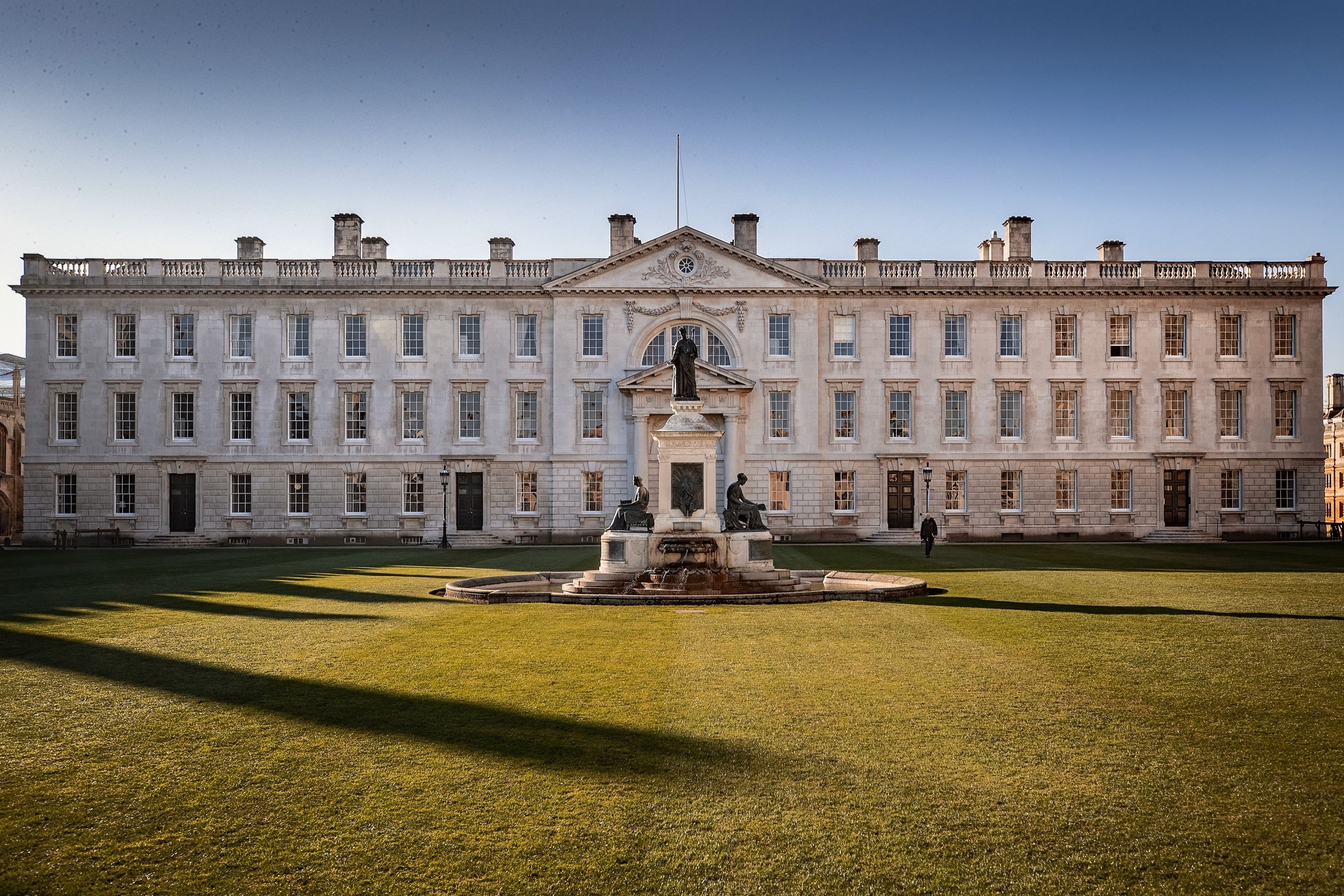

Current Projects
Discover how you can help realise them.
The Gibbs Building
The iconic Gibbs Building at the heart of the College is the second oldest building at King's, and of great historic, architectural and cultural significance. A Grade I listed world-class heritage asset, it creates with the Chapel one of Cambridge’s best-known views, recognised by millions around the world.
The foundation stone for Gibbs was laid in 1724, and ever since the first occupants moved in, the College has carried out various works to repair and update the building and its rooms - most recently a full renovation of the exterior in 2016.
The interior of this much-loved 300-year-old building is now in urgent need of repair and restoration and to be made fit for the future.
We aim to raise £25 million towards the costs of the renewal and restoration of Gibbs. Funding will enable the building’s interior repair and conservation; refurbishment of the four great staircases and Fellows’ and other rooms and the basement areas; and critical thermal upgrade work and energy efficiency improvements, alongside improved access.
Donors to Gibbs will be recognised within the building, and significant gifts may offer naming opportunities.
If you would like to support the Gibbs project, you can donate online now or get in touch with the Development Director to discuss how you can help.
The Gibbs Building is a master-work of architecture, of cool and elegant design by one of the greatest architects of 18th century Britain, James Gibbs. Its physical fabric is an exalted exercise in skilful craftsmanship and notable materials. But it is not only a place of beauty. It is a place of never-ceasing hospitality, of warm welcome, of lives led with a passion for ‘making human lives better’ through research, innovation and – most of all – the exercise of good and civilised conversation.
